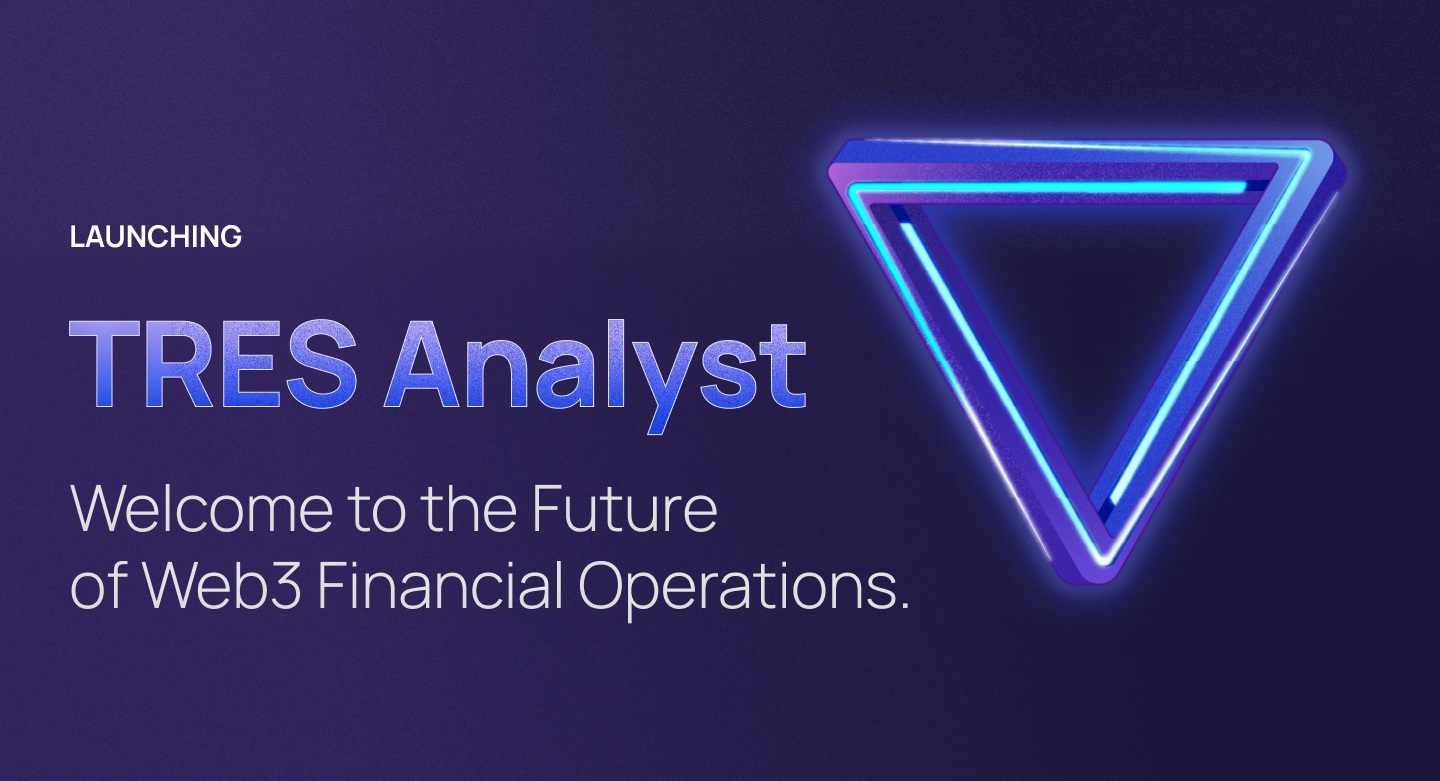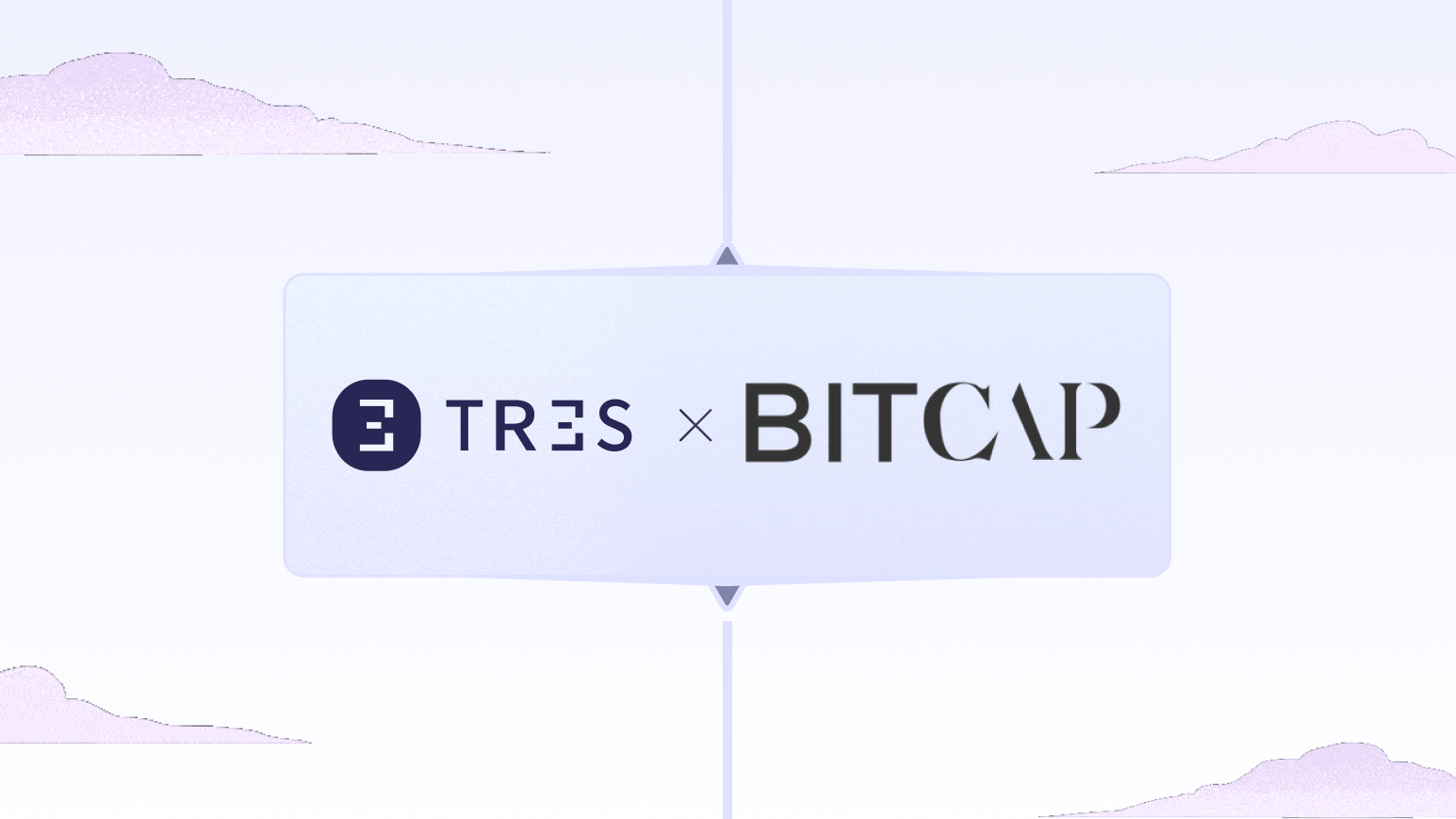Polygon is a scaling solution that operates beside the Ethereum blockchain and is referred to as a “layer two” or “sidechain.” It enables transactions to be completed quickly and at a cheap cost. The native cryptocurrency of the network is called MATIC, and it is utilized for various purposes, including fees, staking, and more. Exchanges like Coinbase allow for the purchase and sale of MATIC.
Applications of the Polygon Crypto Network in Real-World Payments: By integrating specific app programming interfaces (APIs) and software development kits (SDKs), the Polygon cryptocurrency platform is meant to make it possible for decentralized applications (dApps) to expedite payment processing and enable practically immediate payment settlement. This procedure makes it possible for decentralized applications (dApps), merchants, and customers to accept or pay with any cryptocurrency instantaneously, but often ERC-20 tokens or ETH. This system is being implemented in three separate stages, which are as follows:
1. Transactions using Ethereum (ETH) and ERC-20 tokens
2. Multi-asset token payments and transfers that take place across chains via atomic swaps and collaboration with liquidity providers
3. A payment system that is based on fiat currency and uses fiat liquidity providers
Polygon Use Cases
Lending Platform: Polygon is working on a mechanism that will enable merchants to assess the credit ratings of users who have signed up to use the platform by looking at their previous transactions. This will allow merchants to evaluate the credit ratings of users who have signed up to use the platform. The implementation of this capability is accomplished via collaboration with the Dharma Protocol. The foremost P2P lending protocol, Aave, has more than $1 billion in liquidity locked up on its Polygon markets, which include more than 8,000 participants.
Games: The Layer-2 sidechain scaling solution developed by Polygon can improve the speed and functionality of blockchain-based games. As a result of slow transaction speeds and increased network latency, blockchain gaming is far behind more conventional computer and console gaming systems. The Ethereum network and Polygon’s Commit Chain scaling technology will be able to work together to improve the efficiency with which game creators and players can create and play games. In a time when non-fungible tokens (NFTs) and NFT marketplaces are driving the popularity of the blockchain and cryptocurrency industry as a whole — with several gamers buying, selling, and trading various types of in-game NFTs — Polygon’s ability to assist in the expansion of the blockchain gaming industry could not have arrived at a more opportune moment. Polygon has been used by leading gaming and non-fungible token (NFT) decentralized applications (Dapps) such as Aavegotchi, Neon District, Zed Run, and Cometh to grow their user experiences.
Polygon is also developed for many other use cases, such as assisting in the realization of the quick settlement times required to enable decentralized exchanges (DEXs) to give customers faster and cheaper trading. Many Polygon DEXs, including Quickswap, Dfyn, and ComethSwap, are seeing large quantities of user engagement and trading volume. The development has made stablecoin swaps much cheaper and more reliable than protocols such as Curve and mStable. Polygon’s plasma scaling solution may also speed up atomic swaps between tokenized and non-tokenized assets across blockchains. Because of the requirement to protect users’ privacy, most decentralized applications need a method for signing transactions that do not involve the submission of private keys. Polygon helps allow an open identity framework for the construction and deployment of decentralized applications (dApps) thanks to its scalability advancements.
Polygon: The Pros and Cons of This Shape
You may be curious about the primary advantages and disadvantages offered by Polygon. Continue reading in order to get an understanding of the benefits and drawbacks associated with Polygon, particularly if you are thinking of purchasing MATIC.
The following are some of Polygon’s strengths:
– The capacity to process transactions in a short amount of time: Polygon can keep its transaction processing speeds at a high level since it employs a consensus method that finishes the transaction confirmation process in a single block. The average time needed to analyze a block at Polygon is 2.1 seconds.
– Transaction costs are maintained at a low level: Polygon maintains minimal fees to utilize its platform, with an average transaction charge of about $0.01.
The following are some of Polygon’s many flaws:
– Polygon is not its independent blockchain; instead, it is a Layer 2 solution that operates on the Ethereum platform. There is a good chance that the value of Polygon will decrease if the Ethereum network has significant downtime or is discontinued entirely.
– MATIC has a limited set of use cases, the primary ones being the governance and protection of the Polygon platform and the payment of transaction fees. MATIC, in contrast to other forms of digital currency, is only sometimes utilized for frequent transactions.
Supported features
Supported
Supported
Supported
Supported
Supported
Supported
Supported
Challenges we solve
- Unreliable and Scattered Information – Centralized and decentralized exchanges, hot and cold wallets, custodians, and walled gardens all play a role in the buying and selling digital assets. However, these marketplaces and storage options typically keep erroneous and partial records of transactions.
While popular accounting packages like Xero and QuickBooks provide bank feeds via APIs that can be easily synchronized, the corresponding procedures for collecting and normalizing blockchain data across several chains and geographies are still in their infancy or nonexistent.
Although blockchain was developed to serve as an immutable record of transactions, accountants and auditors still lack complete faith in its ability to help them execute their jobs when dealing with cryptocurrency.
CPAs who have worked with cryptocurrency may say that many exchanges do not give transparent and complete data. Even the most popular exchange, Binance, restricts users from generating a certain number of statements daily and only provides data for the previous year.
- Brand-New Blockchain – As the blockchain industry evolves dizzily, new goods and services are constantly being introduced, sometimes without thoroughly examining the financial procedures required to support them.
With accounting rules being modified once every few years, there is always something new for accountants to study and argue over in this field. By their very nature as “decentralized,” the new blockchain goods and services often span borders and jurisdictions, posing a host of hitherto unanticipated challenges in accounting, taxation, and regulation.
- The Constraints of Older Technology – Cryptocurrencies were not anticipated by the designers of the old financial infrastructure. They are inefficient, sluggish, and expensive to maintain—everything that fintech wants to change. Typically, two decimal places are used for data input and reporting in conventional fiat accounting software, but four or more are used for foreign exchange rates.
As a workaround, many businesses resort to doing computations in a separate application and then journaling the results back into their accounting program by hand. The current accounting rules require tokens listed on centralized digital asset exchanges to be treated as inventory (SKUs). Exchanges that deal with thousands of tokens would find it challenging to use many of the older accounting systems due to their complete restrictions on the number of SKUs.
The vast majority of conventional accounting software supports multiple fiat currencies, and FX feeds. However, cryptocurrency support is quite limited. Since USD is currently the dominant presentation and reporting currency, this complicates the process of keeping track of crypto holdings, liabilities, revenue, and costs.
Among the few digital currencies accepted by QuickBooks Online, Bitcoin, Ethereum, and XRP arethe sole exceptions. When a business starts accepting a brand-new cryptocurrency, it has to make do with a dummy currency until it can figure out how to account for and revalue transactions in a fiat currency manually.


